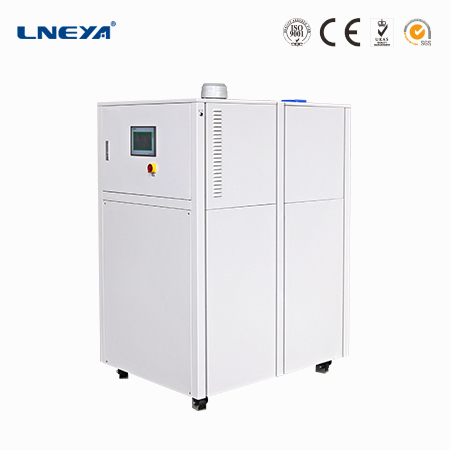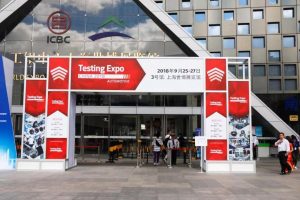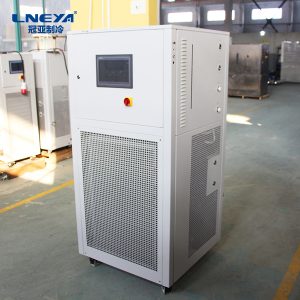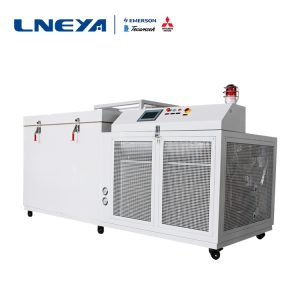Semiconductor refrigeration heating cycle air system test description
There are many test items in the refrigeration and heating circulating air system for semiconductors. So, how much do users know about out-of-channel testing?
The out-of-channel test of the cooling and heating circulating air system for semiconductors refers to the measurement of the frequency bands outside the system frequency. The out-of-channel test is to sample the distortion or interference in the system frequency band, instead of testing the transmission frequency itself. The adjacent channel power ratio (ACPR) test ensures that the transmitter is not interfered by adjacent or spaced channels. ACPR is the ratio of the average power of adjacent channels to the average power of the transmitted channel. Measurements are typically made between channels that are separated by multiple channels (between adjacent channels or spaced channels). When performing ACPR testing, it is important to consider the statistical nature of the transmitted signal, because even for the same transmitter, different signal statistics can result in different ACPR test results. For different standards, the test will usually have different names and definitions.
The cooling signal of the cooling and circulating air system for semiconductors is caused by a combination of different signals in the transmitter. The amplitude of such a signal in the system band must be less than the level specified by the standard to ensure that it has less interference to other communication systems. Harmonics are signal distortions caused by the nonlinearity of the transmitter, and the frequencies of these signals are all integer multiples of the carrier frequency. The test of out-of-channel clutter and harmonics is used to ensure that the interference of this channel to other communication systems is small.
The function of the receiver is basically the reverse process of the transmitter, so the test challenges they bring are also very similar. The receiver must successfully capture the RF signal under potentially interfering conditions, so a front-end selection filter must be used to filter out or attenuate signals outside the system band received by the antenna. The low noise amplifier (LNA) amplifies the amplitude of the target signal, but at the same time ensures that the noise amplitude is increased as little as possible. The downconverter converts the RF signal to a lower frequency intermediate frequency signal by mixing with the local oscillator signal. The mixer’s output signal then attenuates the unwanted frequency components produced by the mixer or adjacent channels through the IF filter.
After the relevant test users understand, they can run the test. If there are some use problems in the operation, it is recommended to contact the manufacturer for solution.

(This article source network, if there is infringement, please contact delete, thank you.)
Related recommendations
-
Directly at the exhibition | Shanghai Automotive Testing Expo
1879Application vehicle type:1. Hybrid electric vehicle; 2. Pure electric vehicle; 3. Hydrogen engine car; 4. Fuel cell electric vehicle; 5. Extended-range electric vehicle; 6. Other new energy vehicles;Application automotive field:It is specially d...
View details -
Low temperature heating control chip and other detection methods
1707With the research and development of chip technology, chip detection technology is also maturing. LNEYA's low-temperature heating control chip technology is applied in chip detection. In addition to this type of detection technology, there are oth...
View details -
Large industrial freezer structural stability instructions
1856Large industrial refrigerators are used in the current industry. In order to maintain a smooth operation, the related structure also needs to maintain a stable state in order to stabilize and operate efficiently. The main structure of Wuxi Guanya ...
View details -
How to Choose Water Chiller Units in Small Factories
1751Professional water chiller factory said that the quality of equipment can be seen from the three main components of small water chiller units. The most important one is the compressor, which is the heart of the unit and the most critical component...
View details
 LNEYA Industrial Chillers Manufacturer Supplier
LNEYA Industrial Chillers Manufacturer Supplier













